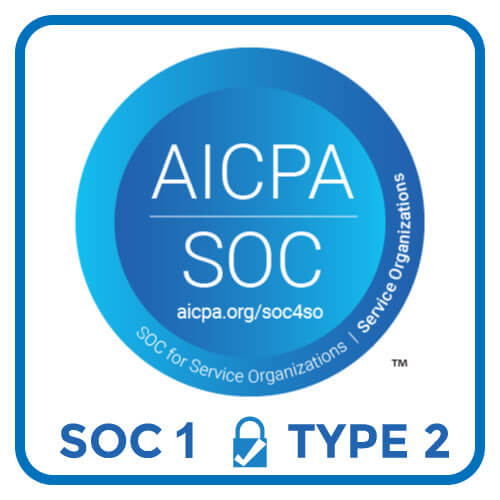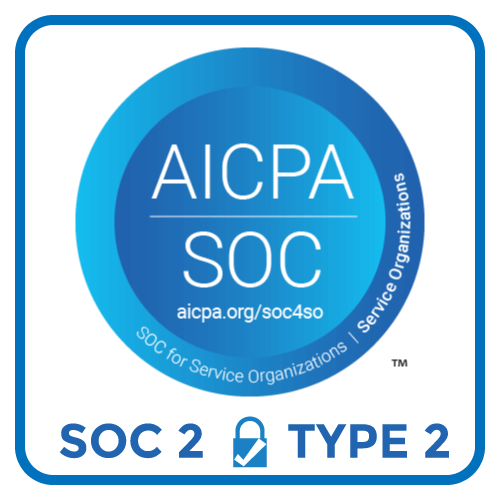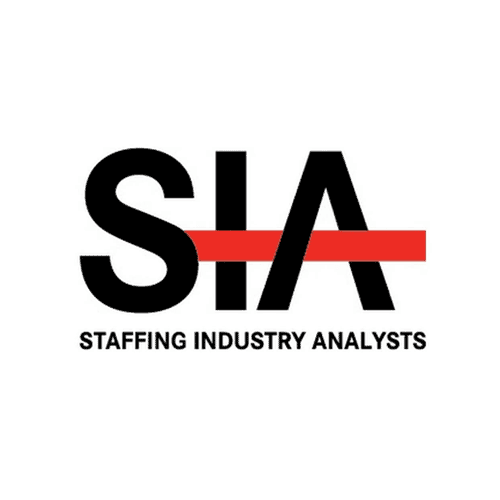
Long-term acute care hospitals (LTACH) provide acute and post-acute care to clinically complex individuals who have multiple acute or chronic conditions and need care for relatively extended periods—more than 25 days, on average.
For LTACHs, labor costs represent an average of 60% of hospital operating expenses, of which nursing comprises more than half. Hence, demands on LTACHs to manage labor cost, increase the quality of care, and lower the cost of delivering services have increased exponentially.
On the other hand, LTACHs can control and plan their admissions and should ideally have zero staffing issues via a proactive scheduling process that incorporates admissions, acuity, and the right resource. This is an advantage that LTACHs have and they need to exploit it instead of relying heavily on the agency, overtime and other options that drive high turnover.
LTACHs that fail to address challenges related to staffing, scheduling, and retention can suffer significantly. Consequences can be high workforce attrition, fines as a result of the loss of five-star quality rating, liability issues, costs due to on-job injuries and resident accidents caused by inappropriate or poorly trained staff. It can also mean higher operating costs if scheduling is not optimized, agency nurses or contract workers are used more, or if overtime is used to supplement full-time staff.
According to IDC Health Insights – An aging population and increased prevalence of chronic conditions will drive consumer demand for more healthcare services and for nurses and other caregivers who deliver these services. As demand increases, a shortage of skilled, experienced nurses will continue to increase. This along with an aging workforce is driving the need for healthcare organizations to efficiently manage their workforce.
Control costs while maintaining the highest quality levels’ is the mandate for all LTACHs today. As healthcare organizations seek to balance the need for reducing costs with the goal of improving care, keeping the workforce satisfied and engaged becomes extremely challenging. Information technology is beginning to play a pivotal role in helping healthcare organizations meet this mandate with hospitals, long-term care, and other providers deploying intelligent and easily deployable workforce management tools.
The value of information technology is its ability to capture and process large amounts of data and to display it in meaningful ways to optimize communications, support collaboration, drive informed decision-making, and maximize resource use. Comprehensive workforce management systems go beyond this to engage staff, support active participation, and promote fairness and transparency – all of which drive employee satisfaction and shared accountability for efficient and effective care delivery.
Gone are the days when it used to take a year, sometimes years, to implement a workforce management solution that allows for flexible scheduling, appropriate staffing ratios, and attention to skill sets and preferences of individual staff, creating a win-win for both nurses and LTACHs.
Today thanks to intelligent workforce optimization solutions, LTACHs are able to proactively control workforce costs, standardize staffing processes, optimize labor productivity, and schedule workforce staff based on HPPD, acuity, workload, and future demand in a matter of weeks.











